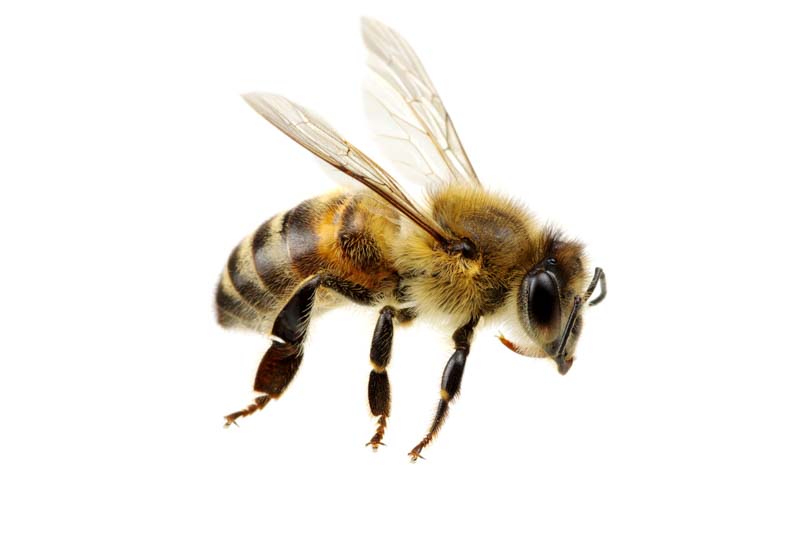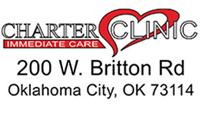- Most simple insect stings in a nonallergic person require no more than first aid at home.
- Avoid further stings by wearing protective clothing, using insect repellant, and avoiding infested areas.
- Remove any stingers remaining in the skin (most likely from bees) immediately. Some experts recommend scraping out the stinger with a credit card. However, it is probably more important to get the stinger out as quickly as possible than to be overly concerned about how it is removed.
- Application of ice to the sting site may provide some mild relief. Ice may be applied for 20 minutes once every hour as needed. Cloth should be placed between the ice and skin to avoid freezing the skin.
- Consider taking an antihistamine such as diphenhydramine (Benadryl) for itching.
- Consider taking ibuprofen (Motrin) or acetaminophen (Tylenol) for pain relief as needed.
- Wash the sting site with soap and water. Place an antibiotic ointment on the sting site.
- If it has been more than 10 years since your last tetanus booster immunization, get a booster within the next few days.
- Most insect stings require no additional medical care. More serious reactions may need immediate medical care.
- If you have been stung by a bee or wasp and have previously had a serious allergic reaction, seek medical attention. Consider taking an antihistamine such as diphenhydramine (Benadryl) as soon as possible. If any allergic symptoms develop, consider using the epinephrine part of an emergency allergy kit (EpiPen) if previously prescribed by a doctor.
- If you have a single sting with no allergic symptoms, you may require only local wound care (such as cleaning and antibiotic ointment). Any retained stingers will be removed. Itching may be treated with an oral antihistamine such as diphenhydramine (Benadryl). Pain may be treated with medicine such as ibuprofen (Motrin), acetaminophen (Tylenol), or both. Also tetanus immunization will be given as indicated.
- If you have mild allergic symptoms (such as a rash and itching all over the body but no problems breathing or with your vital signs), you may be treated with an antihistamine. You may also be given steroids. In some cases, you may also be given an epinephrine (adrenaline) injection. Some of these treatments may be given at the scene or in the ambulance by emergency medics. You may be sent home if you are doing well after observation in the emergency department.
- If you have a more moderate allergic reaction (such as rash all over the body, and some mild problems breathing), you will likely receive injections of antihistamines, steroids, and epinephrine. Some of these treatments may be given at the scene or in the ambulance by emergency medics. You will likely need to be observed for a prolonged period of time in the emergency department. You may need to be admitted in the hospital.
- If you have a severe allergic reaction (such as low blood pressure, swelling blocking air getting into the lungs, and/or other serious problems breathing), you have a true life-threatening emergency. Treatment may include placement of a breathing tube into your trachea. You will likely be given injections of antihistamines, steroids, and epinephrine. IV fluids may also be given. Some of these treatments may be given at the scene or in the ambulance by emergency medics. You will be closely monitored in the emergency department and likely admitted into the hospital-perhaps the intensive care unit.
- If you have multiple stings (more than at least 10-20 stings) but no evidence of an allergic type reaction, you sometimes may require prolonged observation in the emergency department or admission into the hospital. Multiple blood tests may be indicated.
- If you are stung inside the mouth or throat, you may simply require observation in the emergency department, or you may need more intensive management if complications develop.
- If you are stung on the eyeball, you may require consultation or evaluation by an ophthalmologist (an eye doctor).


Comments are closed here.